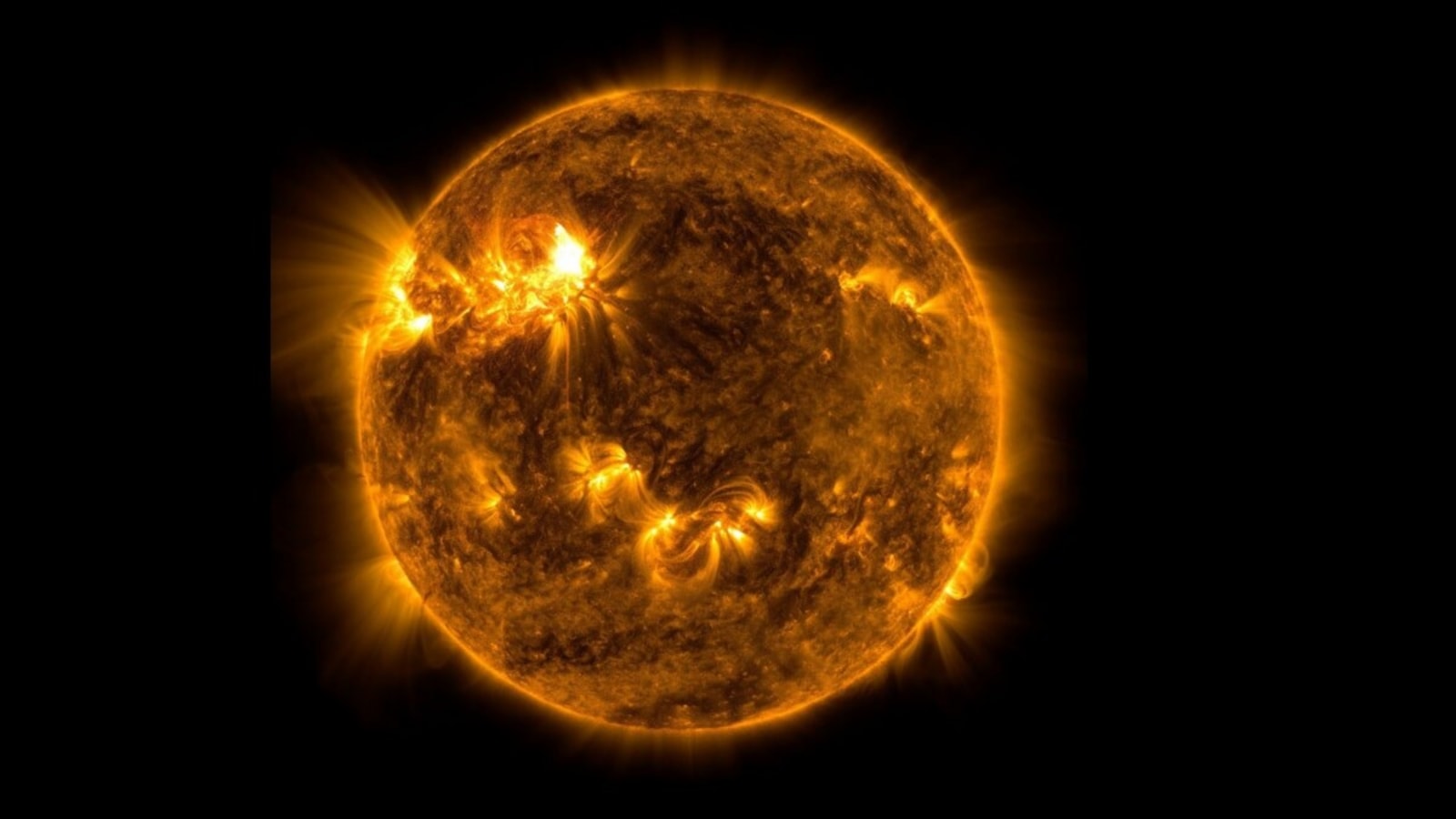Massive magnetic filament EXPLOSION on Sun blasts CME towards Earth; Solar storm to wreak havoc in 2 days
Just hours ago, a massive explosion was detected on the surface of the Sun. Forecasters have revealed that a CME burst was released toward the Earth during the explosion. It can cause a terrifying solar storm in days to come.






 View all Images
View all ImagesA few days ago, several astronomers warned about the high number of magnetic filaments present on the Earth-facing side of the Sun. These looping structures are filled with plasma and magnetic fields and they are set off randomly causing big explosions on the surface of the Sun. And just hours ago, today, April 21, the NASA Solar Dynamics Observatory spotted a massive blast in one of the filaments. It was also seen that a massive coronal mass ejection (CME) cloud was also hurled toward our planet. Early predictions indicate that the resultant solar storm can be a dangerous one.
The information comes from a SpaceWeather report which noted on its website, “A magnetic filament snaking across the sun's southern hemisphere erupted today, hurling a CME toward Earth. The explosion definitely hurled a CME toward Earth. SOHO images confirm that it is heading straight for us. The CME will probably reach Earth on April 24th. G1 to G2-class geomagnetic storms are possible when it arrives”.
Massive solar storm to hit the Earth in two days
Solar activity is at an all-time high right now. It is because the Sun is nearing the peak of its 11-year solar cycle, which falls somewhere in the middle of this period before it goes back to normal. This is the main reason why the Sun frequently has a high number of sunspots and magnetic filaments, all indicative of unstable magnetic fields, on its surface. The earliest forecast has come from NASA SOHO, while the National Oceanic and Atmospheric Administration (NOAA) continues to prepare a model on the CME intensity.
As per SOHO, the resultant geomagnetic storm will be as high as G2-class. Such powerful solar storms usually showcase an intense aurora display. But don't be fooled by the light display as these can cause major harm to our infrastructure. These solar storms can potentially damage satellites, break down mobile networks and internet services, cause power grid failures, and corrupt sensitive ground-based electronics.
The role of the NASA Solar Dynamics Observatory
The NASA Solar Dynamics Observatory (SDO) carries a full suite of instruments to observe the Sun and has been doing so since 2010. It uses three very crucial instruments to collect data from various solar activities. They include the Helioseismic and Magnetic Imager (HMI) which takes high-resolution measurements of the longitudinal and vector magnetic field over the entire visible solar disk, Extreme Ultraviolet Variability Experiment (EVE) which measures the Sun's extreme ultraviolet irradiance, and Atmospheric Imaging Assembly (AIA) which provides continuous full-disk observations of the solar chromosphere and corona in seven extreme ultraviolet (EUV) channels.
Catch all the Latest Tech News, Mobile News, Laptop News, Gaming news, Wearables News , How To News, also keep up with us on Whatsapp channel,Twitter, Facebook, Google News, and Instagram. For our latest videos, subscribe to our YouTube channel.





























